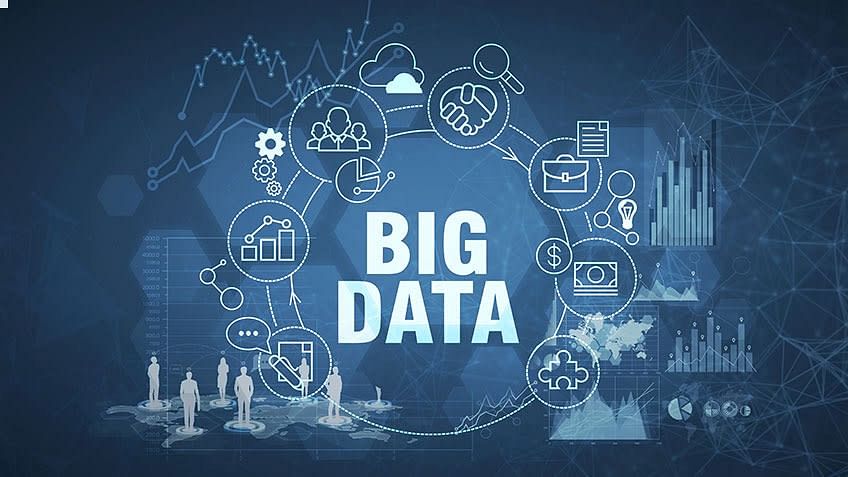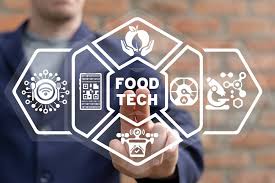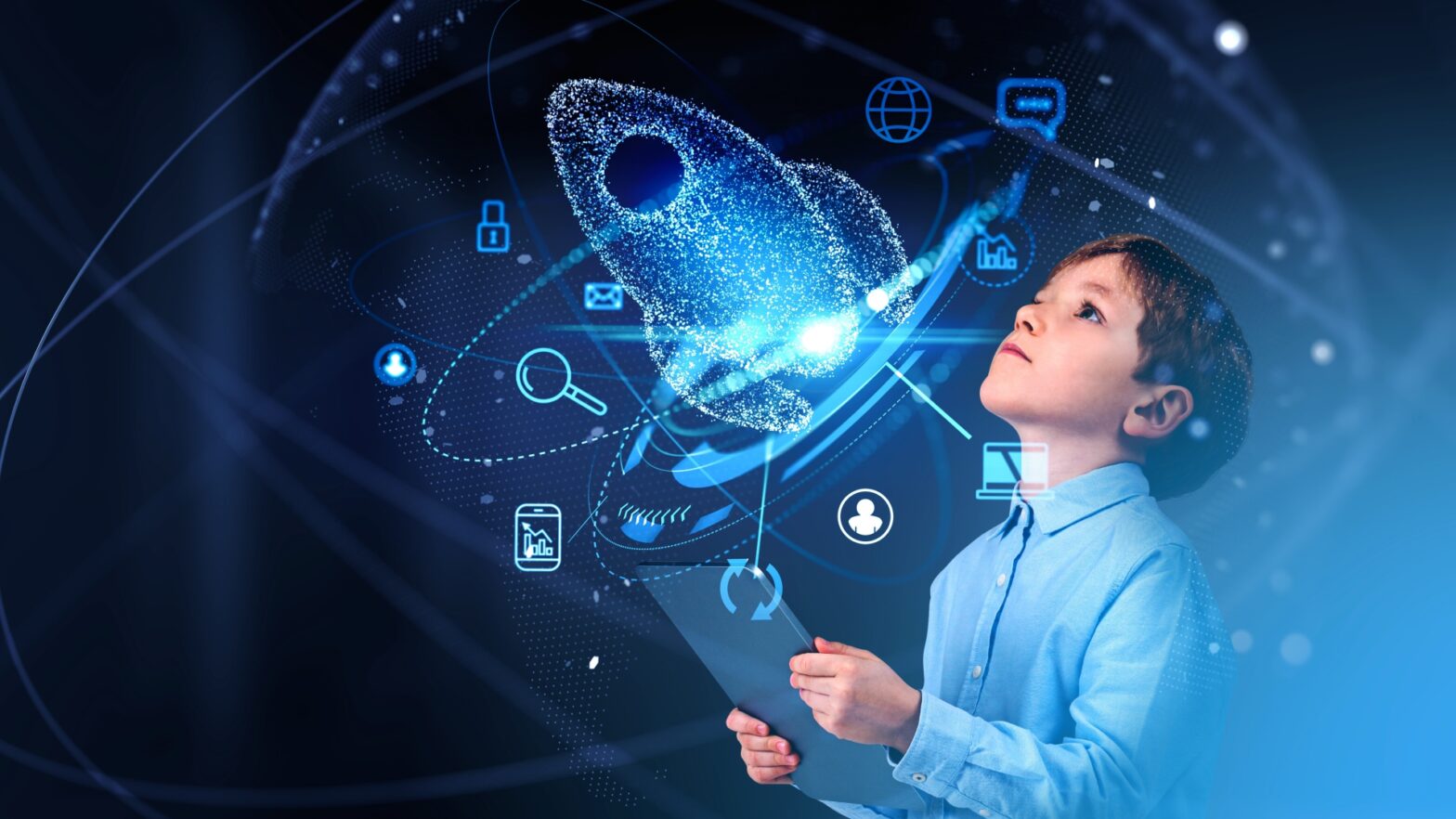justineanweiler.com – The field of scientific research and innovation is advancing rapidly, with each discipline developing its own specialized language, terminology, and concepts. This creates a challenge for interdisciplinary collaboration and public understanding. As a result, the idea of “science translator technology”—tools designed to translate scientific information across fields or into more accessible language—has gained attention. But do we currently have such technology? The answer is both yes and no.
1. Current Translation Technology
We already possess general-purpose translation technology, such as machine translation tools (e.g., Google Translate, DeepL), which are proficient at translating between natural languages. However, translating scientific text is a different challenge due to the complexity, jargon, and specificity of terms used in various fields. Current translation tools are improving, but they struggle with scientific precision. In response, efforts have been made to create specialized systems to deal with scientific content.
a. Natural Language Processing (NLP) for Science
Natural Language Processing (NLP) is at the forefront of automating and enhancing scientific translation. NLP models, such as GPT (the technology behind this article), BERT, and SciBERT, can process and understand specialized terminology used in fields like medicine, biology, and physics. SciBERT, for instance, is an NLP model specifically trained on scientific text, making it better at understanding scientific language than general models.
These technologies are currently being applied in specific contexts:
- Medical Translation: AI-powered platforms like IBM Watson and BioMedGPT are tailored for medical terminology and can process and translate complex data into human-readable language for healthcare professionals.
- Patent Translation: Companies working with intellectual property often employ AI-based translators trained specifically on legal and scientific patents to ensure accuracy and nuance.
Despite these advancements, machine learning models still face challenges when handling niche scientific texts or those requiring deep contextual knowledge.
2. Challenges of Science Translation
One of the key difficulties in creating a science translation technology is the high level of expertise needed to fully understand and translate scientific content. Scientific research is often written in a way that assumes a deep understanding of the topic. Here are a few specific challenges:
- Precision and Nuance: Scientific writing relies on precise language, and even small mistakes in translation can lead to misunderstandings. For example, “protein folding” in biology refers to a specific process, but when translated imprecisely, it could be misinterpreted by systems unfamiliar with the domain.
- Discipline-Specific Terminology: Words can have different meanings across disciplines. For example, the term “charge” can mean electrical charge in physics, while in law it could mean a legal accusation. A translator must not only know the terminology but also the context in which it’s used.
3. Emerging Technologies for Science Translation
There are ongoing efforts to overcome the challenges mentioned above. Here are some emerging technologies in this space:
- Domain-Specific AI Models: Models such as SciBERT or ChemicalBERT are specifically trained on datasets from scientific fields such as chemistry or biology. These models are more accurate than general language models for translating and summarizing scientific texts.
- AI-Assisted Paper Summarization: Tools like Semantic Scholar’s “TL;DR” feature and Paper Digest use AI to condense long academic papers into shorter summaries. While not strictly a translator, these tools make scientific literature more accessible by reducing complexity and improving readability.
4. Where We Are Today
Currently, we do not have a perfect solution that can fully and accurately translate any scientific content across disciplines or into layman’s terms without errors. However, the field of AI and NLP is making rapid progress, and specialized translation tools are improving. These systems are often used as aids for scientists and professionals to refine and translate research across languages and disciplines.
For example, in healthcare, medical professionals use AI-driven translation tools to communicate complex information with patients or colleagues in different countries. Similarly, researchers in interdisciplinary fields are employing AI models that translate or simplify complex research to collaborate more effectively across specialties.
5. The Future of Science Translation Technology
In the coming years, advancements in AI, machine learning, and NLP will likely bring us closer to having more robust science translator technology. As these systems are trained on larger datasets and become more capable of understanding context, accuracy, and nuance, we could see the following developments:
- Real-Time Science Translators: Similar to how we have real-time spoken language translators, the future may bring real-time scientific language translators, enabling interdisciplinary teams to collaborate seamlessly across fields.
- AI-Assisted Public Communication: As scientific knowledge grows more complex, AI-powered tools might bridge the gap between researchers and the public, translating scientific jargon into digestible information for wider audiences.
- Better Interdisciplinary Collaboration: Science translator technology could play a critical role in breaking down the silos between scientific disciplines, fostering innovation and discovery.
Conclusion
While we are not yet at a point where science translator technology can flawlessly handle the intricacies of all scientific communication, existing tools and AI-driven advancements are already making a difference. The key to future success will lie in training models that understand not only the language but also the context and expertise required for accurate translation. Science translation technology has a bright future, and continued innovations in NLP and AI will likely bring us even closer to a solution.














Leave a Reply